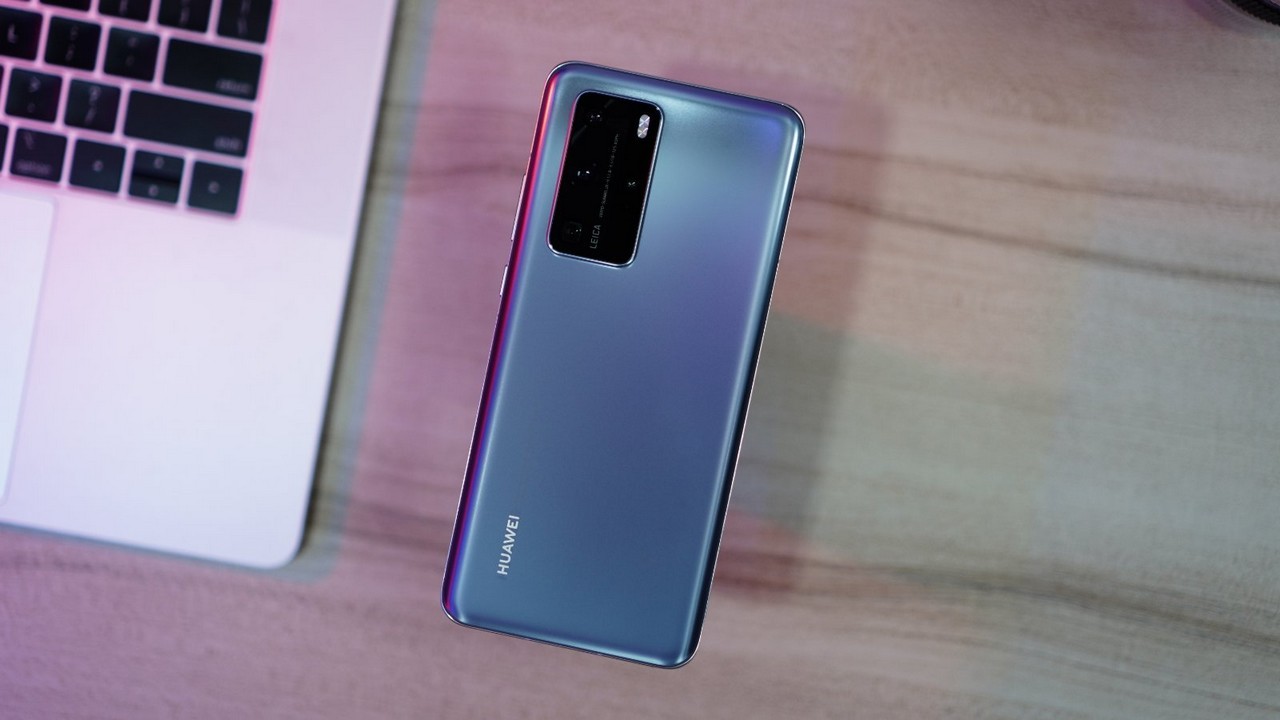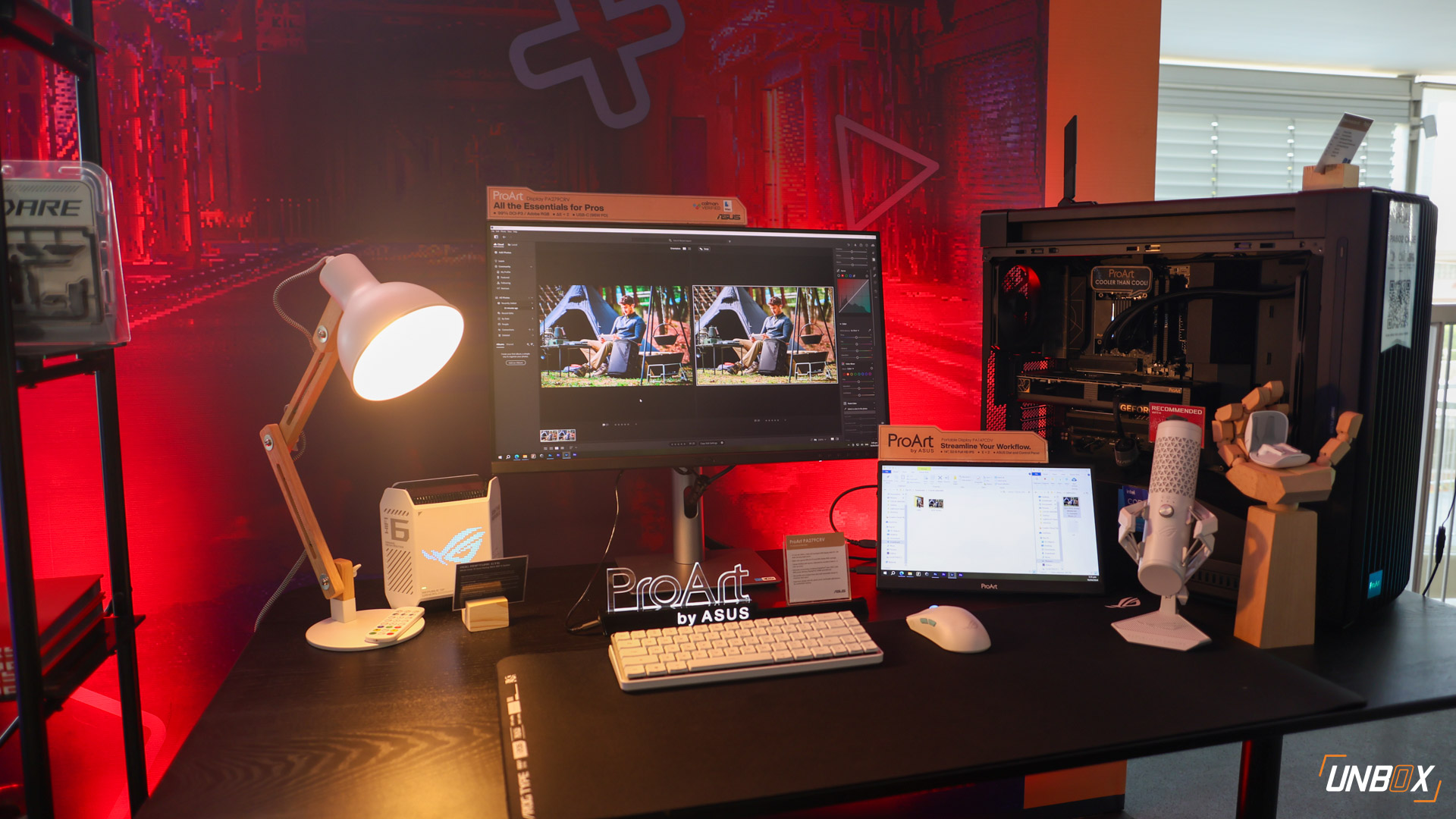We go hands-on the P40 Pro!
Despite all the craziness happening around us, life goes on for most of the world. That includes Huawei, who has just announced a trio of new phones that make up their new P40 series of devices.
All three P40 variants make use of the same chipset, software, and 50-megapixel main camera. You can read this article to get the low-down on the main differences between the three phones, but the short version is the P40 Pro is the best middle-ground between the three in terms of specs, which isn’t surprising.
https://unbox.ph/editorials/huawei-p40-p40-pro-and-p40-pro-plus-whats-the-difference/
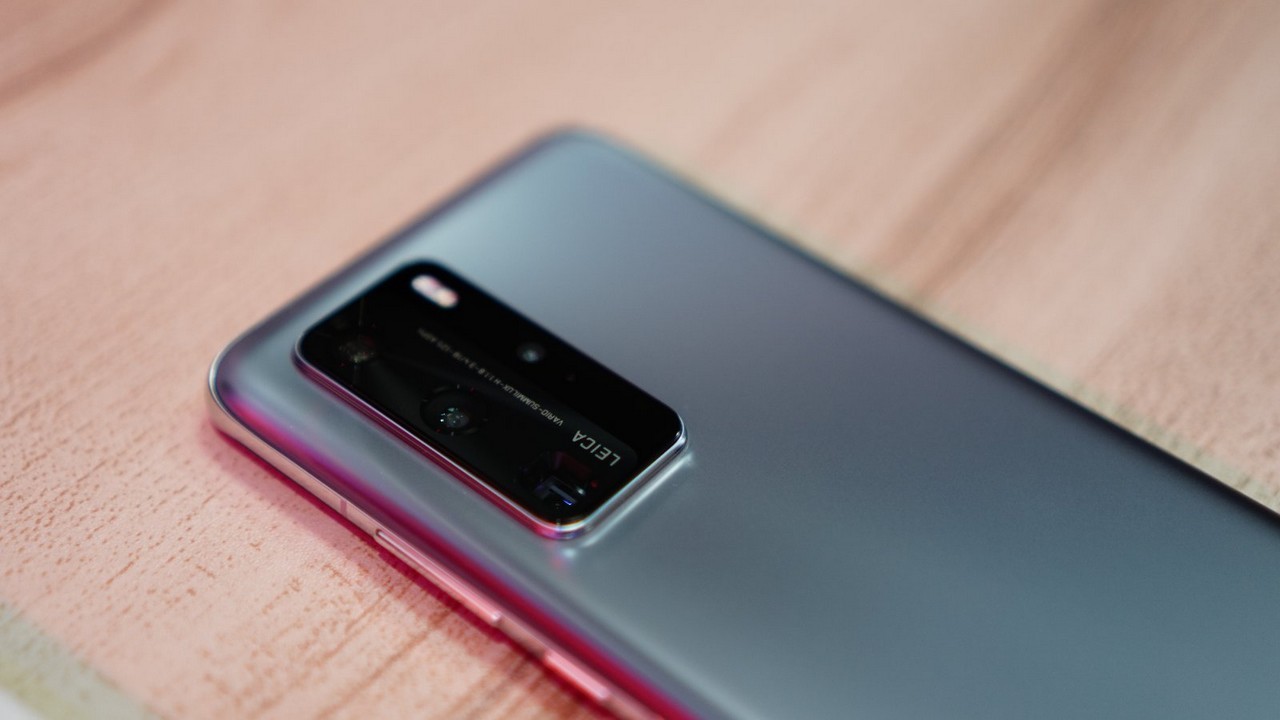
The biggest camera sensor on a smartphone so far
Huawei’s P-series of smartphones have always been centered around photography, and their newest flagships aren’t an exception to this rule. The big change here is the primary sensor, which is, as of press time, the biggest one ever put into a camera in a smartphone.
The 50-megapixel Ultra Vision RYYB wide-angle camera has a massive 1/1.28-inch sensor and an aperture of f/1.9. It’s bigger than the 108-megapixel, 1/1.33-inch sensor on Samsung’s Galaxy S20 Ultra.
Why is a sensor that large a big deal in photography? Well, the bigger the sensor, the more light it collects, which means better low-light photography overall.
The P40 Pro has four cameras on the back, one more than the regular P40 and one less than the Plus model. The camera module is quite large, which I personally don’t like, though Huawei has gone to great lengths to try and make the camera module look good, with the camera module curving a little bit from the body.
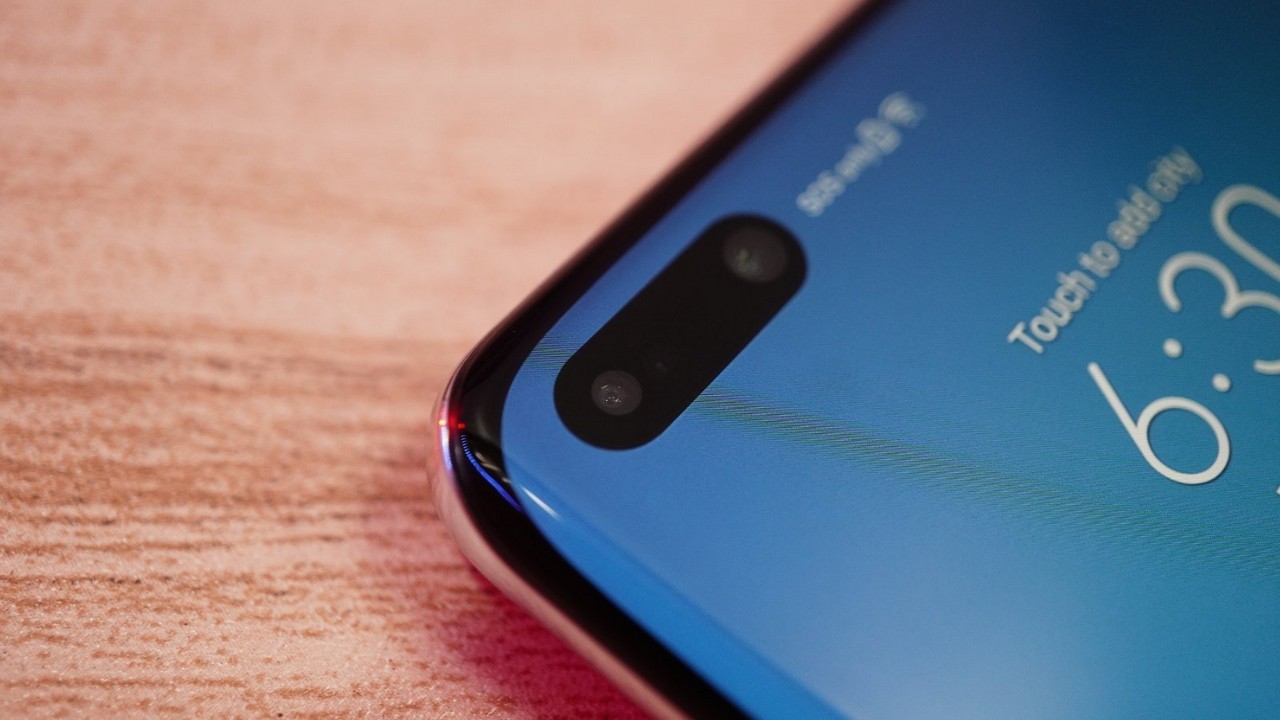
The three other sensors on the P40 Pro’s massive camera bump are composed of a dedicated 40-megapixel f/1.9 Cine camera for video, a 5x optical telephoto 12-megapixel f/3.4 RYYB SuperSensing camera and a Time-of-Flight camera.
If you’re settling for the lower-priced P40, you only get a 16-megapixel ultra-wide camera and an 8-megapixel 3x optical telephoto lens.
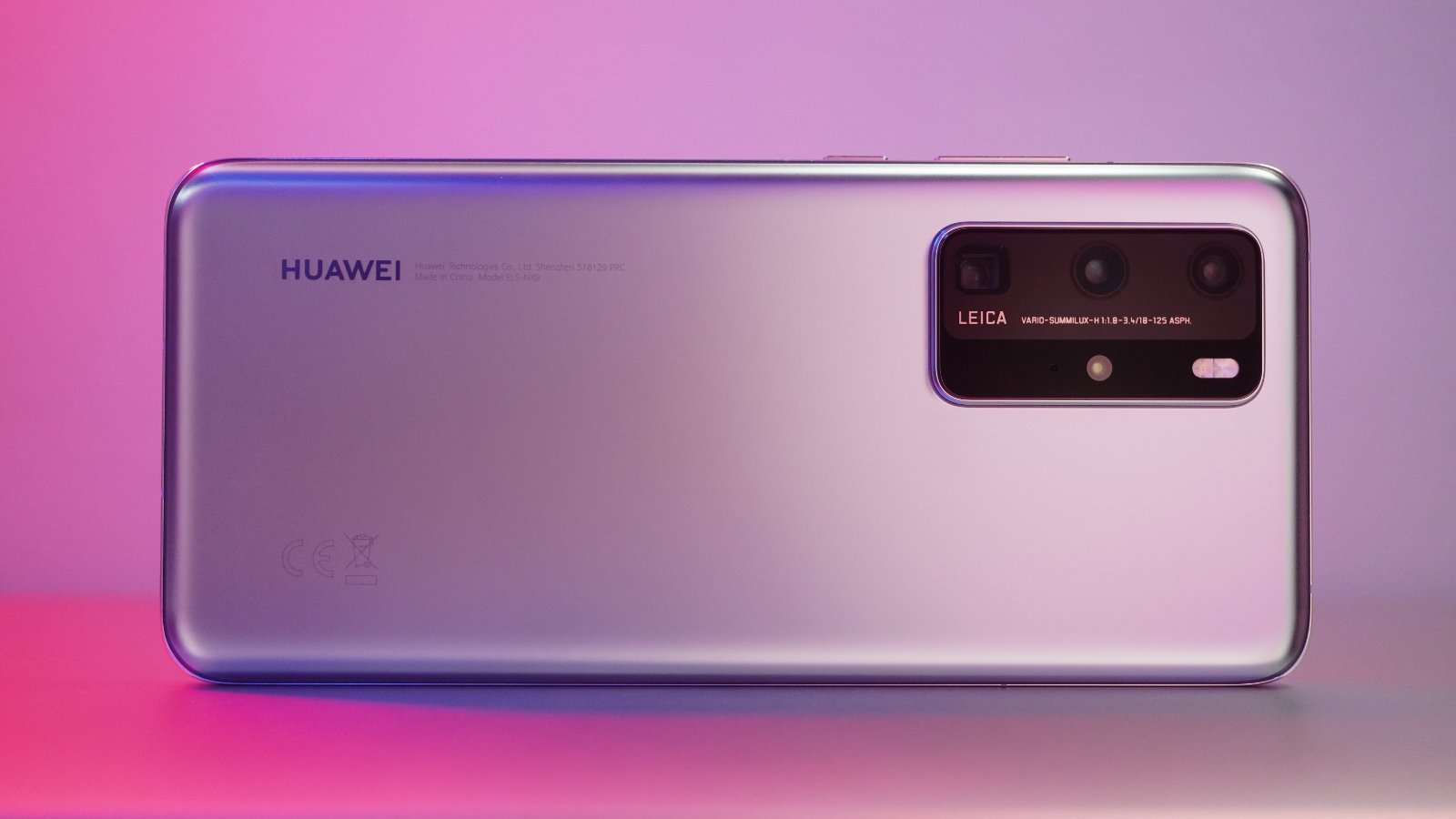
When the P40 Pro Plus arrives, later on, you’ll be getting two optical telephoto cameras instead of just one (10x optical telephoto 8-megapixel lens, f/4.4 aperture with OIS, 3x optical telephoto lens with an 8-megapixel sensor, f/2.4 aperture and OIS).
As far as the display goes, the P40 Pro and P40 Pro Plus use identical displays – both are 6.58-inches in size, both use Flex OLED panels with 2640 x 1200 resolution (441 ppi) and both curve to the side, much like the Mate 30 Pro.
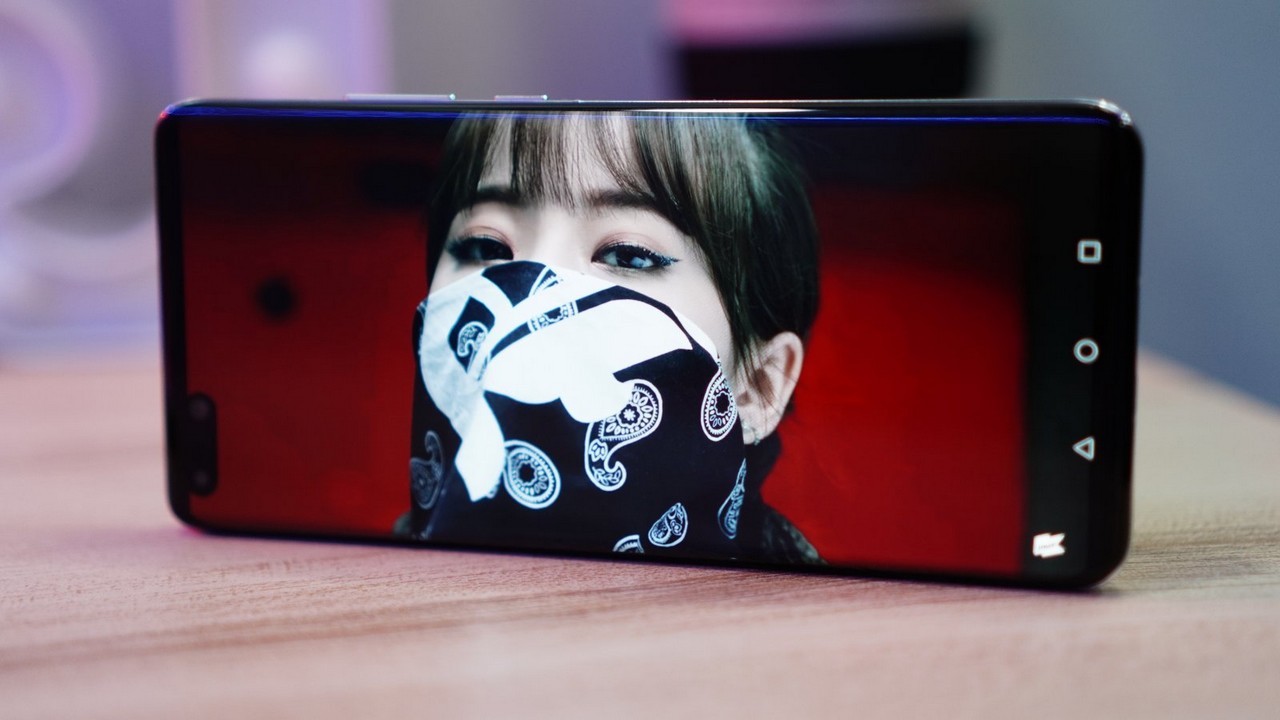
There are subtle improvements from last year’s flagship though. The curved display on the phone is dubbed the Overflow Display by Huawei, since it slopes downward on both sides, on the top and bottom edges. It’s a unique design choice, certainly a polarizing one for sure, one that I’m not sure of how to feel about yet.
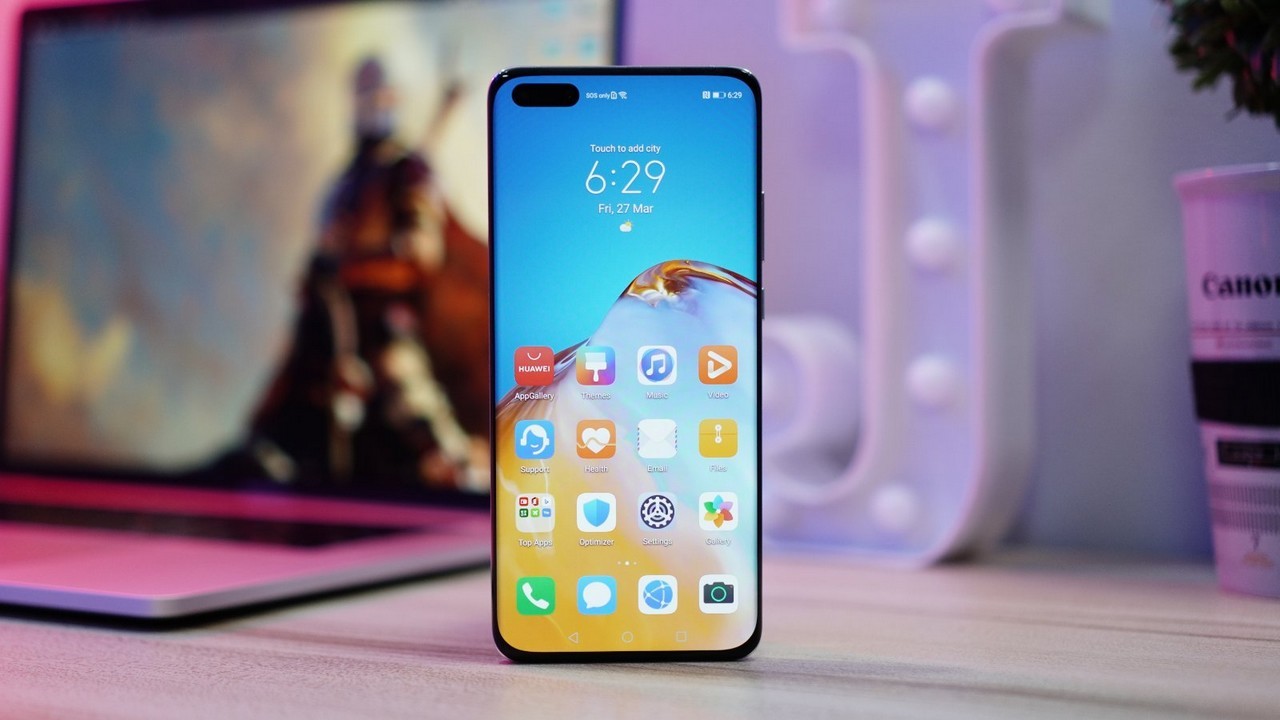
The panel uses a 90Hz refresh rate that can be reduced to 60Hz to save battery life, as well as a pill-shaped cutout for the front-facing camera tucked on the upper left side. The selfie cam uses a 32-megapixel sensor and comes with an IR a time-of-flight sensor and autofocus capability on the P40 Pro and P40 Pro Plus. The in-display fingerprint scanner is larger than usual, which I appreciate a lot, and feels quicker than it’s ever been.
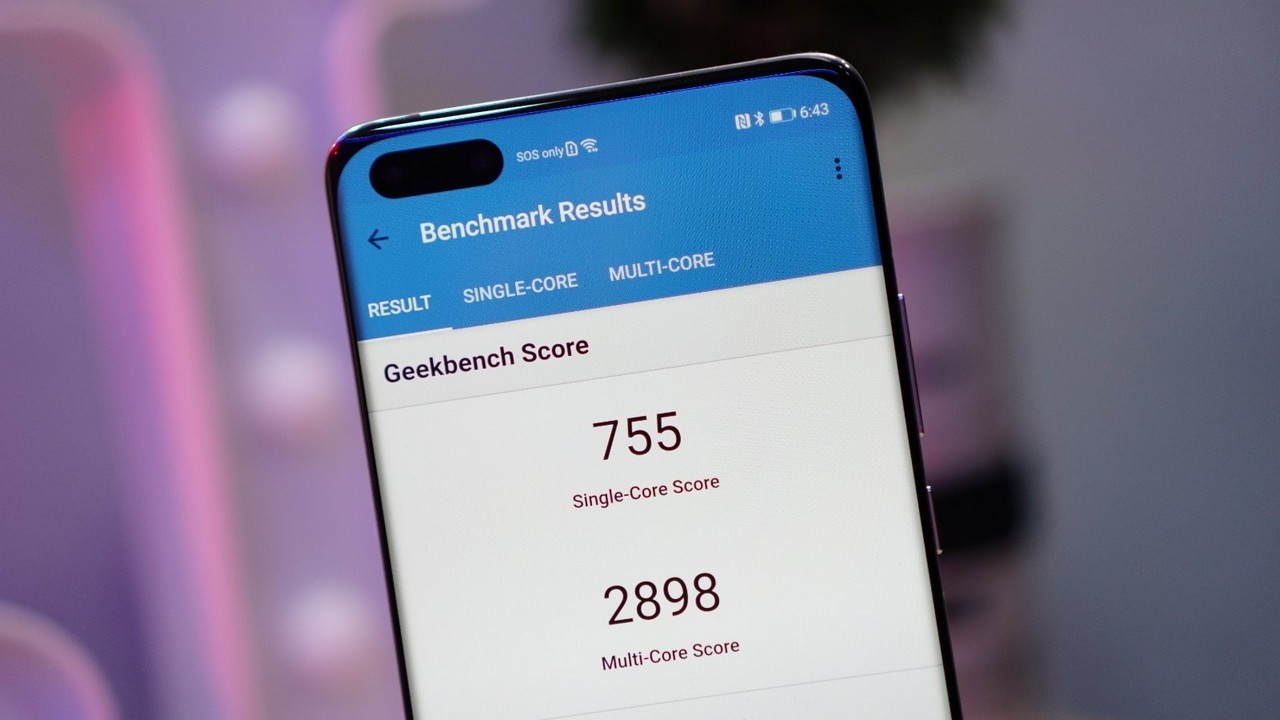
All three members of the P40 family use Huawei’s Kirin 990 chip, with the only difference being storage and RAM. The regular P40 gets 8GB of RAM and 128GB of storage once it hits the Philippines, while the P40 Pro gets 8GB of RAM and 256GB of storage.
Huawei’s Kirin 990 chip is 5G ready, and Huawei has confirmed that both phones will have 5G enabled when they arrive in the country.
Just like Huawei’s other recently launched phones, the P40 family won’t have access to Google Play or GMS. That’s pretty much expected at this point, but it bears saying. Apps can be downloaded via Huawei’s AppGallery, and to be fair to Huawei the number of apps available in their store has increased dramatically.
The flagships run EMUI 10.1 based on Android 10. Huawei also added a new virtual assistant in the P40 series dubbed Celia. We haven’t tested it out fully but it seems that Celia is capable of recognizing basic voice commands for now.
Battery for the P40 is at 3800mAh, with the P40 Pro and P40 Pro Plus coming in at 4200mAh. Both phones have ultra-fast 40w wired charging, 27w wireless charging, and 5w reverse wireless charging capabilities.
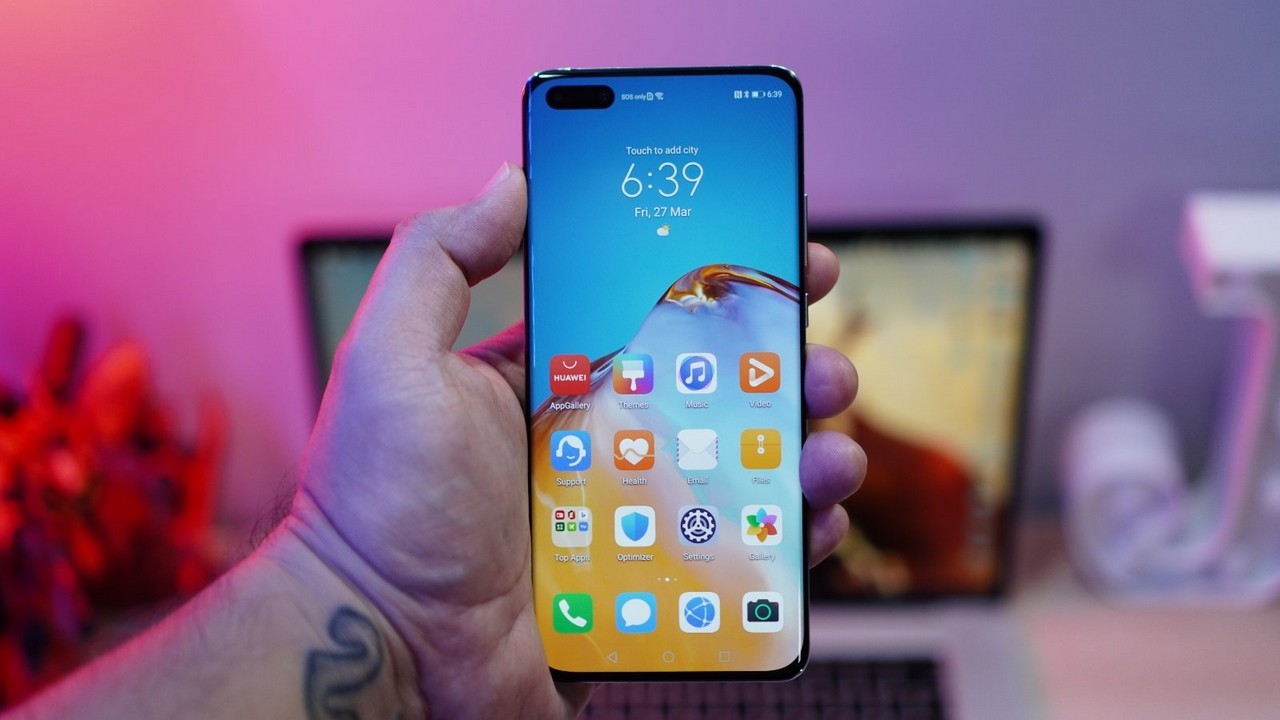
Huawei is pricing the P40 Pro at Php 50,990, while the P40 is priced at Php 36,990. Pre-orders have begun today and will run until April 24. Those pre-ordering via LazMall get the Freebuds 3, Band 4, and a chance for 100% cashback with every pre-order. If that’s not enough, Huawei will be holding a flash sale at their LazMall store from March 27 to March 28, where 10 lucky customers (5 per day) get to bring home the Huawei x Gentle Monster Smart Glasses.
Huawei P40 Pro specs
- HiSilicon Kirin 990 5G octa-core processor
- 8GB RAM
- 6.58-inch quad curve overflow OLED display, support DCI-P3, 90hz refresh rate, 1,200 x 2,640 resolution
- 256GB internal storage, expandable via Nano memory card
- Quadruple Leica rear cameras: 40-megapixel f/1.8 ultra-wide RYYB SuperSensing Cine camera; 50-megapixel f/1.9 UltraVision main Camera with OIS and Octa Phase Detection AF; 12-megapixel f/3.4 RYYB SuperSensing telephoto camera; ToF camera; Color temperature sensor, Laser Autofocus, LED Flash, 4K60 video recording, up to ISO 409600
- 32-megapixel f/2.2 front camera with AF; IR depth sensor, ToF Sensor 4K selfie video
- Dual SIM, eSIM
- 3G, LTE, 5G
- WiFi 6+, Bluetooth, Dual-band GPS, NFC
- In-display fingerprint scanner, 3D Face Unlock, IP68 rating
- 4200mAh battery with 40w wired charging, 27w wireless charging, and 5w reverse wireless charging
- Android 10 with EMUI 10.1


